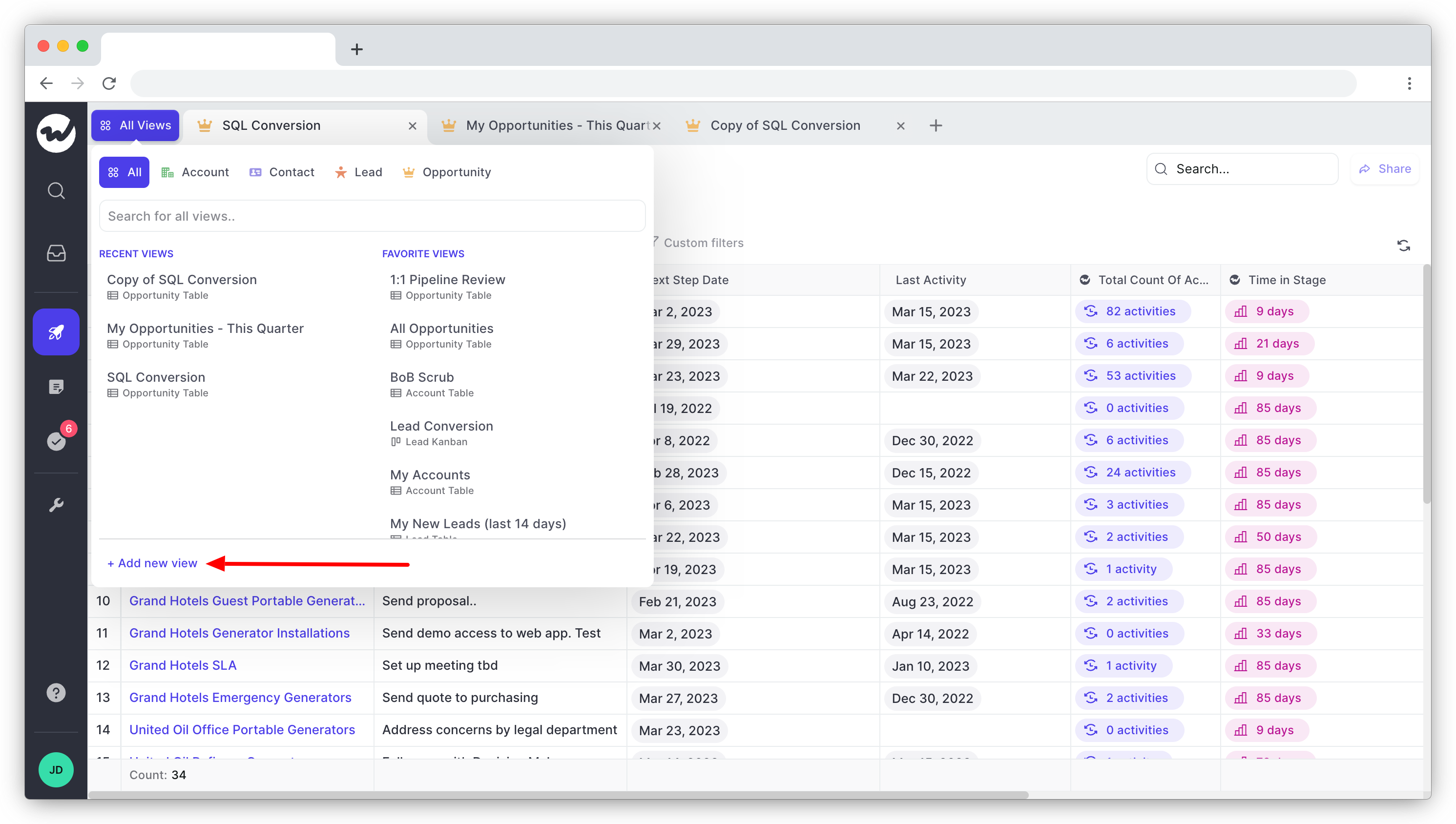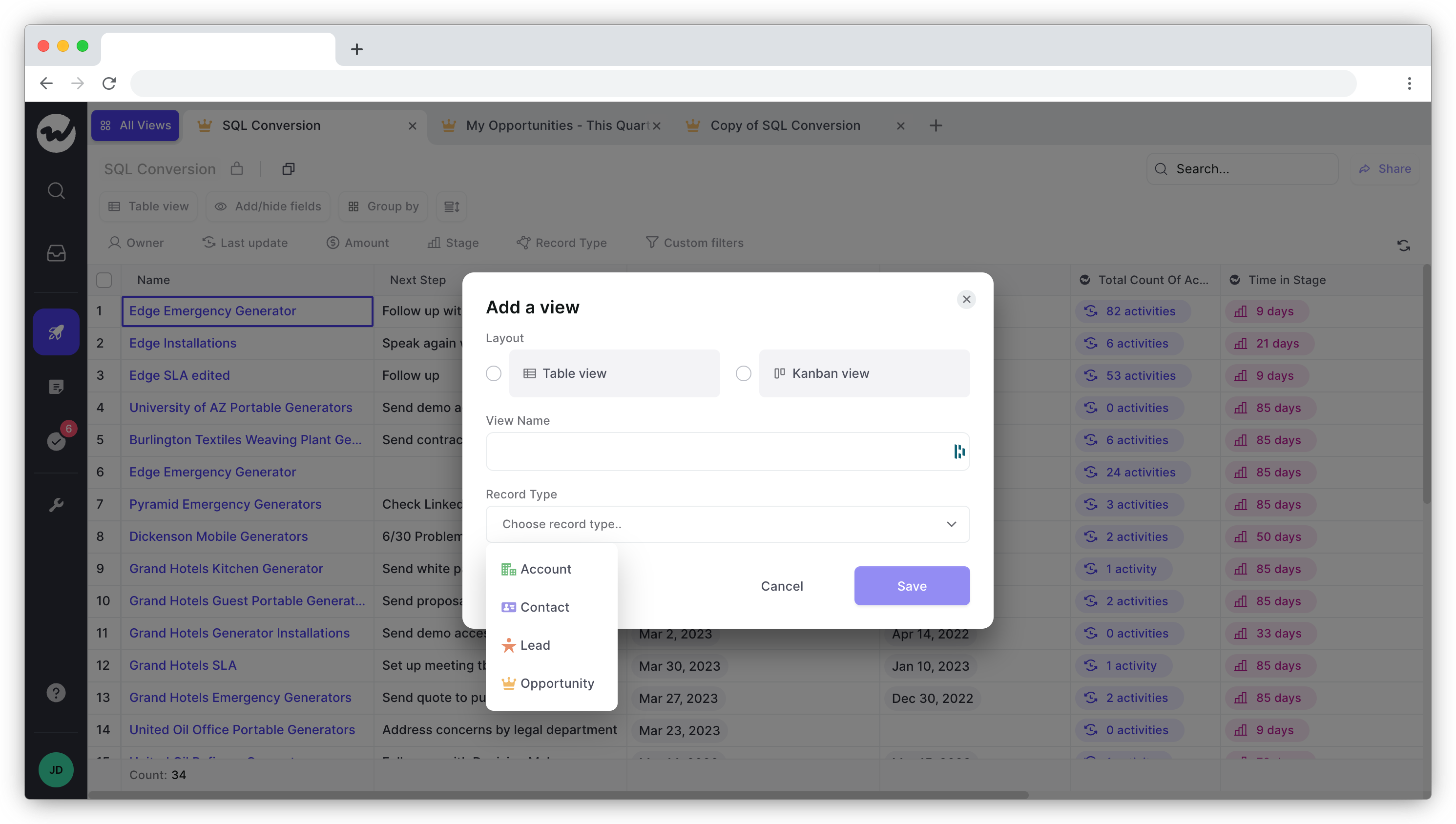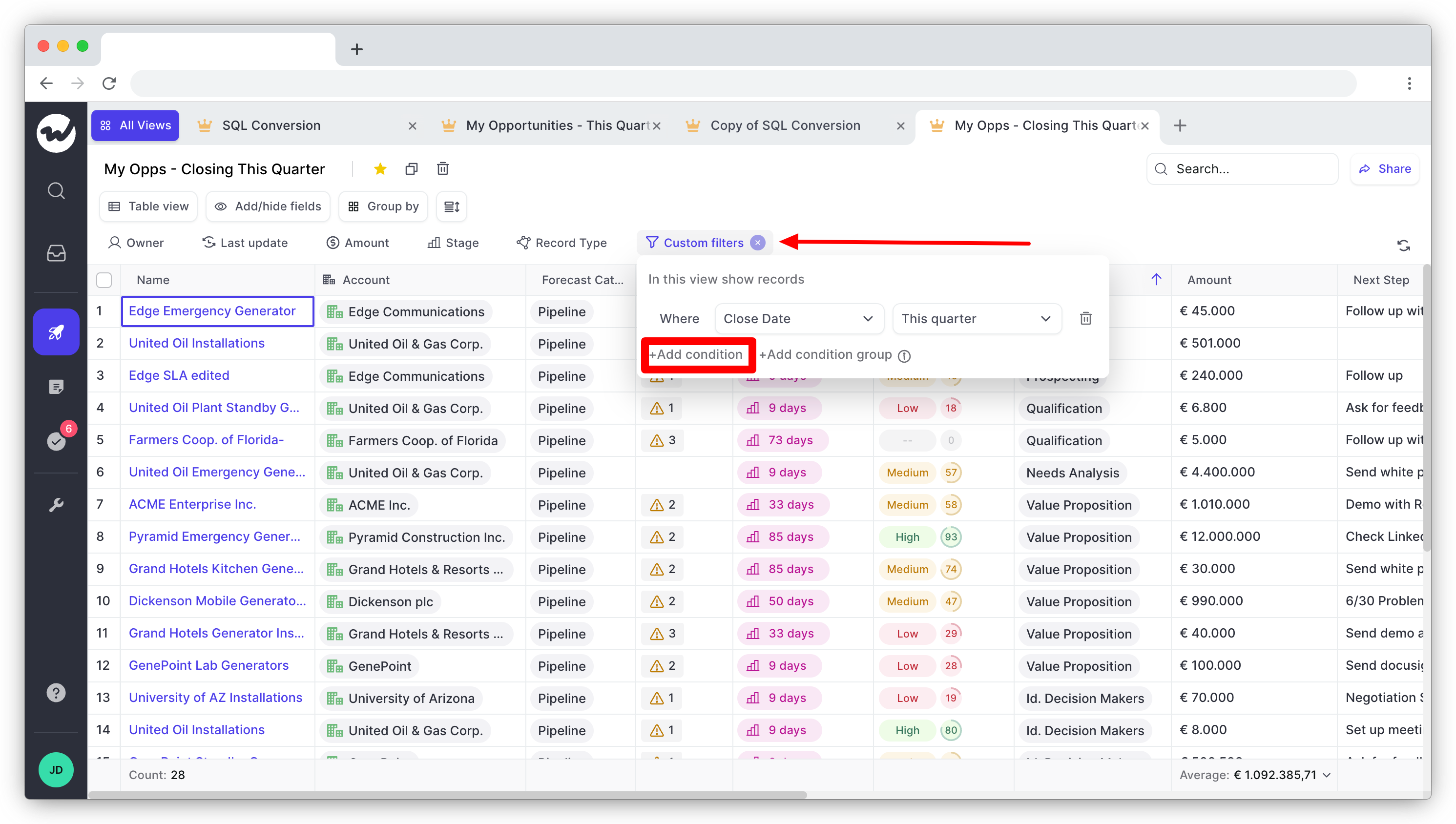How to Improve Sales Pipeline Visibility

A clear understanding of your sales pipeline can mean the difference between capitalizing on opportunities or watching them slip through your fingers.
Poor sales pipeline visibility can lead to missed opportunities, delays in decision-making, and a lack of insight into what’s working (or not).
Things that contribute to poor visibility include:
- Poor data hygiene – When data isn’t up to date and accurate, it makes it difficult for sales leaders to make sense of what's happening in the pipeline.
- Account churn – Customers leaving or changing their accounts can create blind spots where sales visibility is concerned.
- Internal churn – Staff turnover can also impact visibility if new personnel doesn’t have the same level of insight or access to the same information as their predecessors.
Issues like these may start small, but it's easy for them to build up over time if you don't stay on top of them.
Keep reading to learn what you can do to improve sales pipeline visibility.
Improve CRM data hygiene
The first step to achieving good sales pipeline visibility is to improve CRM data hygiene.
Most CRMs will get clogged with outdated and duplicate data over time. It's a natural part of the sales cycle, but cleaning it up is a vital part of sales pipeline management.
So if you notice sales data quality slipping, take the time to review and cleanse your CRM. This means going in and deleting duplicate records, verifying contact information, and correcting any errors or inconsistencies.
It may sound tedious, but getting rid of unnecessary data will make your pipeline visibility much clearer and allow you to forecast revenue more accurately.
You can use a tool like Cloudingo, which automatically merges duplicate records and standardizes fields for you. You can also schedule it to run while you're sleeping, which frees up your busy work hours for more important tasks.
Once you’ve taken care of duplicate records, you can use Weflow to automate sales activity tracking and email logging and ensure all relevant data ends up in your CRM. This helps ensure more accurate sales forecasts and saves time for your sales team by eliminating repetitive data entry work.
Perform pipeline reviews regularly
Reviewing your pipeline regularly allows you to get a detailed overview of how — and what — your sales reps are doing.
Among other things, you might find that your sales reps are:
- Over or under-reporting on their pipeline
- Working on deals you and other leaders are unaware of
Things like these can really cause disruption in the sales process, so it’s important for sales managers to keep tabs on how reps are reporting their progress.
When reviewing your pipeline, it's important to focus on the metrics that will give you a clear idea of what is going on. These include:
- Number of deals currently in the pipeline
- Average deal size
- Sales velocity (how fast leads move through sales pipeline stages)
- Average win rate
Metrics like the number of deals and the average deal size help you understand the health of your pipeline and if prospects are flowing through steadily.
Sales velocity and win rate, on the other hand, give you insight into how well your team is performing by showing you how many deals are being won and how quickly.
Pro tip: You can use Weflow to streamline your pipeline review by creating custom pipeline views. Here’s how to do it:
From the Weflow dashboard, click on the Pipeline menu item in the left-hand menu and then on +Add new view.

Choose between a table or Kanban layout for your pipeline view, type in a name for the view, and select from the available record types (Account, Contact, Lead, Opportunity).

Finally, click Save. Weflow will then generate a custom pipeline view using data from your Salesforce CRM instance.
You can further customize the view by using filters or by adding or hiding specific fields.

By performing detailed reviews and understanding the metrics that help to tell a story of what’s happening, you can make sure your team is on track and identify any potential issues before they become serious problems.
Review meetings are also an important part of sales pipeline reviews. Taking the time to sit down with your team and discuss pipeline reports can help to identify any issues that could be hampering sales performance.
It also allows team members to voice their concerns, which can help create a better work environment and an atmosphere of trust and understanding.
Things that you should bring up in a review meeting are:
- Any wins in the particular week
- The current state of the pipeline
- Any roadblocks
Ensure better sales pipeline visibility this year
Improving sales pipeline visibility isn’t just about having a clean CRM and tracking the right metrics — it’s also about creating an environment where your team understands the value of their work and knows how they fit into the bigger picture.
Maintaining data hygiene is another task you need to perform to keep your well-oiled sales machine running and a way to grease the wheels if the mechanics are getting stuck.











.png)